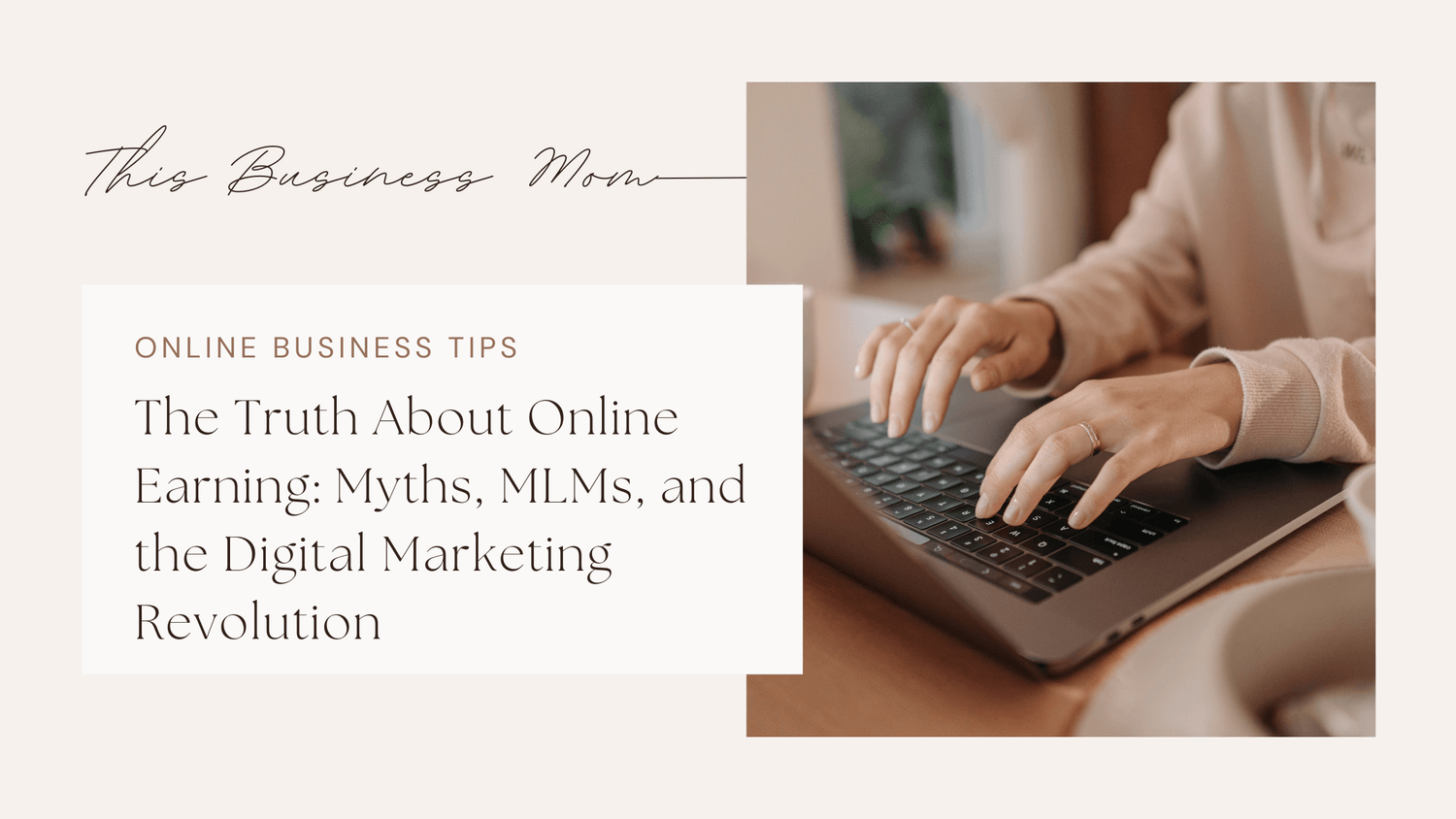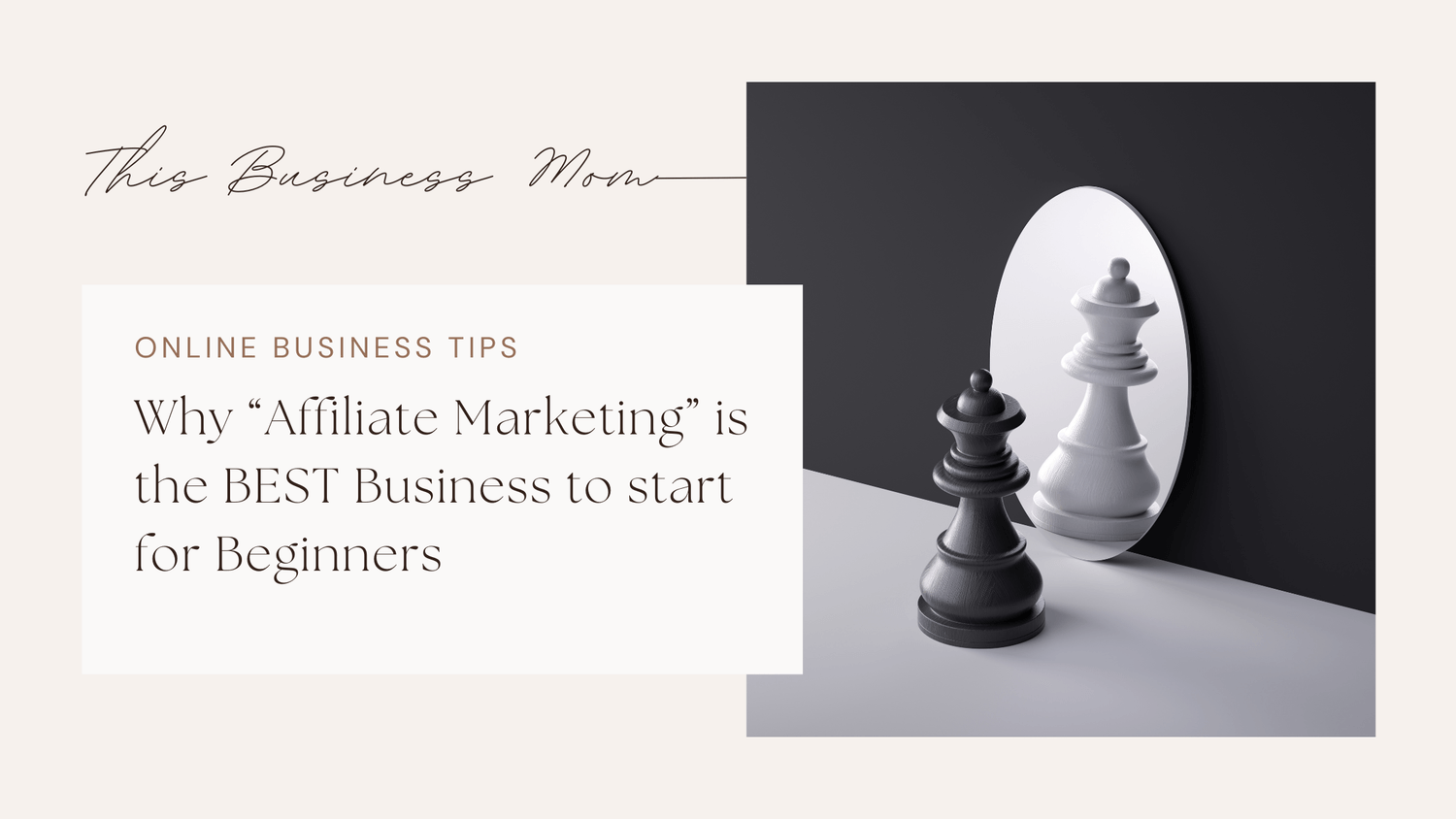
Productivity tips for the Entreprenuer
"She starts the day with good intentions but then life gets in her way..."
...So she takes a nap instead... Sound familiar?
Except instead of taking a nap, I sit there at my desk, staring at the screen, hoping by some miracle my work gets done and I've suddenly made a million dollars... Then I come to my senses and drop my head into my hands, trying desperately not to hyperventilate as my children scream from the other room, the TV blaring and caffeine surging through my veins (maybe a little too much).
I feel like a deer in the headlights, overstimulated from the inside out.
So much to do, and there's "only so much time in the day." So why am I just sitting here frozen?
Why can't I just "DO IT"?
If this sounds familiar and you are looking for some clarity, YOU are in the right place.
In this article, I will share my top three productivity tips that actually work and help you get the ball rolling NOW.
Pre-Game
Before my day has even started, I can FEEL the tasks bouncing around in my brain, as if my head is my own personal jack-in-the-box (only the jack is a mental breakdown, and the wind-up music is the constant noise in my house as a work-from-home mom of three under seven). If I let this dictate the direction of my day, I have already lost. So, there is some important "pre-workout" to do before my day officially begins.
Sitting at a desk, writing emails, posting to social media—it seems like a super easy job, right? Not taxing on your body at all, right?
Wrong.
People aren't meant to sit all day. So before I get into my ergonomically friendly desk chair and get to work, I do some really basic movement. I personally like tapping (kind of like EFT), standing on my vibe plate, or doing quick stretches.
I do this for less than five minutes, and it REALLY helps clear my mind and energy before I get into my workspace.
If you can't do five minutes, just start with one minute and build your way up.
Ultimately, prioritizing your well-being is going to either make or break your workday.
Strategy #1: Taking Calculated Breaks
- Step 1: Set a timer for 5 minutes and list 4 goals.
- Step 2: Work on the first task for 25 minutes.
- Step 3: Take a 5-minute break, then repeat.
- Bonus: After 4 cycles, take a longer break.
"But isn't taking so many breaks just a waste of time?" NOPE.
"Won't I derail my progress or stop my momentum if I keep starting and stopping like that?" Also, NOT likely.
These were the questions I asked when I first learned about this productivity method.
“Sometimes we think that not taking breaks is making us more productive, but what is more likely happening is that we are not giving our brains a chance to rest, increasing stress, and in fact decreasing productivity,” Psychologist and workplace consultant Anoushka Dowling says.
Several studies have shown that humans need frequent breaks to prevent burnout.
(if you want to read more about that you can do so HERE)
And that by taking breaks, not only do we improve our mood (I wonder why?), but we also improve brain function!
(Read about that HERE)
When I first started implementing this strategy, I found it difficult to shift in and out of gear. I found myself having anxiety about "wasted time" and the dreaded feeling of never doing enough. It felt like mom guilt carried over into my business. Then slowly, I started to shift my perspective and I noticed something incredible.
You know that feeling when you are driving on the highway and you kind of pop in and out of consciousness?
You know you were there, you didn’t get into a wreck, and you’re still on the road or likely already at your destination by the time you even realized you zoned out.
I started having this same kind of experience while doing my work. I had my GPS set (my daily tasks picked out), got in the car (on my computer), and the first 25-minute segment felt like when you are driving on the main street getting to the highway. Then at the first 5-minute break, my mind started to soften, and even though I was making a snack for the kids or scrolling on my phone, I could feel that sensation like “I’m on the highway.” My brain was repeating the info I was learning or problem-solving all on its own without me needing to be consciously aware of it.
When I started the second wave of work, it was easier. Like WAY easier.
Because my subconscious mind was working out the details for me while I was refueling, drinking my coffee, or munching on a Feastables (and yes, when doing brainy work, I do have sugar because that is the ONLY fuel your brain runs on, haha).
(Heres a study done by harvard on the brain's need for sugar)
Strategy #2:
"Just DO IT!"
"How do I know if a task is a 'Just Do It' task?"
First, I like to write out my MOST important tasks—the things that are weighing me down. Yes, I always write out my tasks and often write far more than I can accomplish in a day. Where this used to cause me stress because I was overloading myself, now I just see it as giving me more options (read: freedom)..
Once I have my tasks written out in front of me, I like to pick 2-4 that I know can be done in 2 minutes or less. For example, responding to an email, posting to social media, creating an outline, or doing a quick search. All of these tasks can be done in under 2 minutes, which means I can check them off my list super fast.
"Why does this work?"
Dopamine.
Dopamine is my favorite. As a person with ADHD tendencies, finding dopamine is my FAVORITE hobby. It's probably the main reason I drink coffee, why I like my free spins on BetMGM every day, and why I like to get 2-4 tasks done in a SNAP at the beginning of my workday.
"Researchers suspected that dopamine might play a role in influencing how the brain evaluates whether a mental task is worth the effort. The team, co-led by Dr. Michael Frank from Brown University, performed a series of experiments to assess dopamine’s role in motivation. The study was funded in part by NIH’s National Institute of Mental Health (NIMH). Findings appeared in Science on March 20, 2020."
"It’s possible to manipulate your dopamine levels by setting small goals and then accomplishing them. For instance, your brain may receive a spike in dopamine if you promise yourself that you’ll clean out the refrigerator, and then you do. This is one reason people benefit from to-do lists" says Jessica Shrader in this article in Pyschology today
By following the dopamine trail at the start of our day, we can train our brains to believe the work is rewarding. It also shortens our task list, making us feel more accomplished and supporting an overall feeling of success, making us more likely to want to do it again and getting us in the mode for taking more action.
More action = less procrastination = less feeling like a deer stuck in the headlights.
Strategy #3: Mind Mapping
"What about Big Tasks?"
Not every task is going to take 2 minutes or even 25 minutes. What do you do with those bigger tasks—like writing an entire email campaign or creating a brand-new course?
Remember how earlier I said I like to write out ALL my tasks for the day?
Well Guess what... When we have a BIG task with lots of moving parts we need to write it out.
Trust me when I say that I have gotten STUCK while doing big things.
Like spend every day during my work time just sitting there, staring at my blank computer screen, thinking "what have I gotten myself into?" Believe me when I say I was expecting that "jack in the box" to go off at ANY moment.
Thankfully I have learned some really amazing tools that have actually made a diference for my business and for my mental health.
My old method: I would write out whatever came to mind in my "business notebook" from the dollar store, just throwing whatever came to mind out as it came to me. Then, as I tried to sort out the thoughts I had (ya know, so I could start taking action), I would get lost on what to do first, or worse... I forgot what my own shorthand meant.
Or, even worse yet... I couldn't read my own handwriting.
I was left with no real direction, no action plan, and still stuck.
My new method: I go to CANVA (I love Canva), and I open up a mind map. I think about the outcome I want as a whole, then break it into smaller chunks.
So, for example, if my BIG task is creating an online course, I would think about that course and the outcome I want my students to have from completing it, and I will put that down on one page.
Then, I think about where my student is starting from, and I put that on another page.
Then, I think, "Okay, if I want to help my student get from 0 to launching their first product online in 15 days, these are the topics they need to know and the skills they need to learn to accomplish that." So I write out all of those things on a separate page.
Then, I think, "What are the things that are going to 1) take the most time, or 2) be the biggest learning curve for someone who is starting from 0, and how can I take some of that burden for them?" And now I have my bonus ideas for that course.
Everything I have done to this point is very similar to what I would have just jotted down into that notebook, but the difference is:
1: Everything is easy to read
- 2: I can easily sort out my ideas
- 3: I can easily add or take away ideas
- 4: (This is where it gets good) Now that I have all of my information, I can turn those chunks into tasks.
I know for a course, I need scripts, I need video content, I need templates, I need a funnel, and I need a host site. Because I have everything in front of me, it’s not just a BIG "I need to make a course."
Now, I have tasks I can do in 25 minutes, like writing one script, making one template, or building one step of a funnel. I have tasks I can do in 2 minutes, like adding the modules for my course to the host site and then naming those modules.
And now, I’ve taken this HUGE weight, this "deer in the headlights" feeling, and have turned it into a workflow that I can take action on every single day. I can do that and STILL take my breaks, STILL get my dopamine, and STILL get sh*t done.
And you can too.
If you want a copy of the mind map I use for planning my BIG tasks, You can find that HERE.
Or if you want to learn how to go from 0 to launching your first affiliate product in 15 days, you can do that HERE
SHARE
POST CATEGORY







